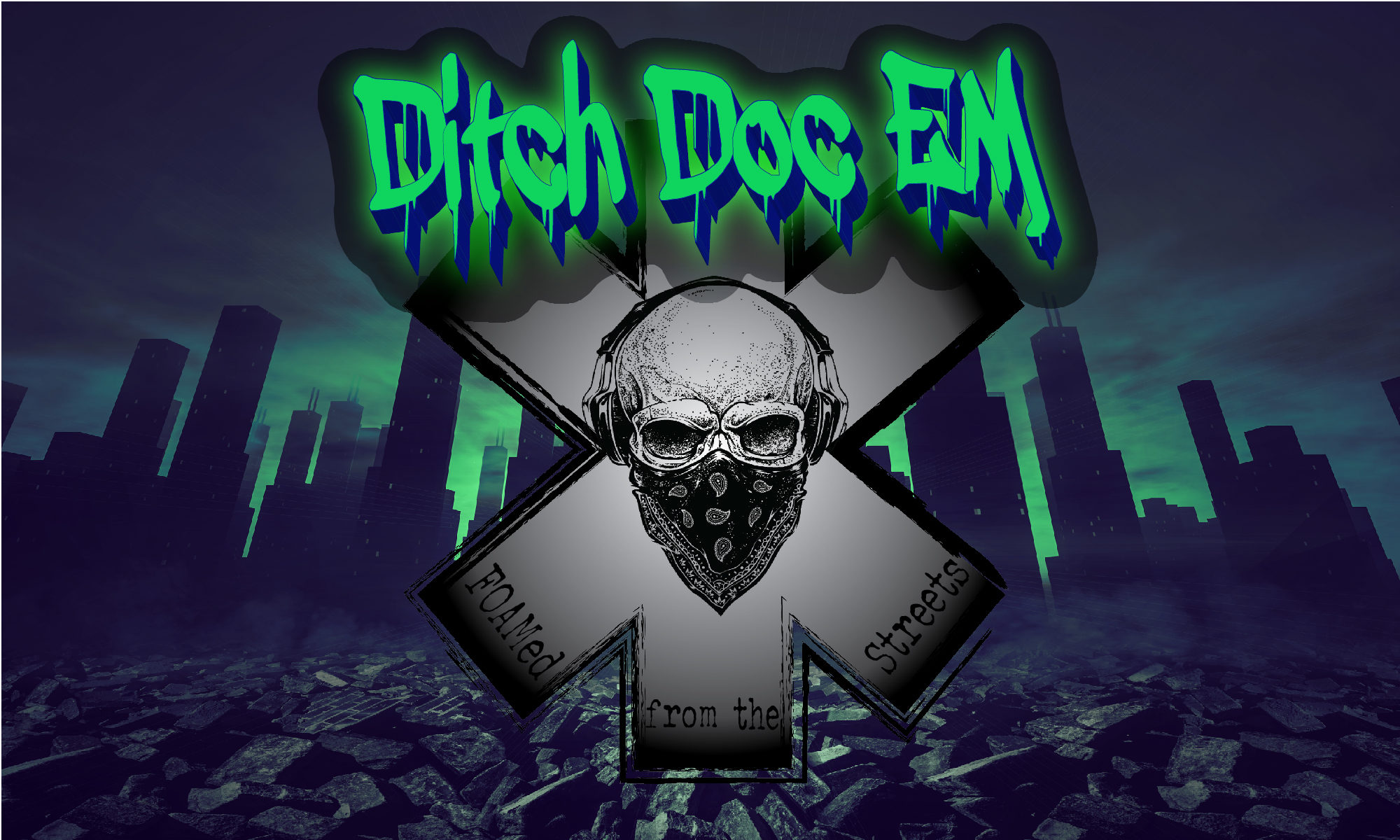Cushing’s triad, which consists of widening pulse pressure, decreasing pulse, and abnormal (often Cheyne-Stokes) respirations, is usually a significant indication of increased intracranial pressure. Unfortunately, this is usually a very late sign, and irreversible damage may have already been done.
Intracranial Hemorrhage Signs and Symptoms
When assessing a patient, the following signs and symptoms should raise your index of suspicion for a head bleed:
- Headache
- Nausea
- Vomiting
- Confusion
- Worsening Confusion
- Diplopia (Double Vision)
- Pupilary disturbances
While all of these are important signs and symptoms, remember that pupillary disturbances are often the EARLIEST sign. If the patient’s pupils are not bilaterally reactive, sluggish, pinpoint, fixed, or do not offer consensual reflex– abnormal pupils should raise your index of suspicion for a serious pathology! So check your patient’s pupils early, and check them often.
Here are some tell-tale signs for differentiating the type of bleed your patient may be experiencing:
Subarachnoid Hemorrhage
- Patient may complain of the “Worst headache of my life!”
- Extremely sudden onset
- Life Threatening!
Epidural Hematoma
- Loss of consciousness followed by a LUCID INTERVAL. then loses consciousness again.
- Commonly associated with bleeding from the medial meningeal artery
Subdural Hematoma
- Slow Onset (usually over hours)
- Common in the elderly
- Often carries higher mortality than epidural hematoma
So this was just a quick review of common indicators when dealing with a suspected intracranial hemorrhage. In the coming week or two, I plan to write a post about assessment of the pupils, and how to localize a lesion based on your findings, so stay tuned!
Thanks for reading! If you have questions, comments, or suggestions, please let me know by visiting my contact page. I am always looking for YOUR input! Also please take this time to subscribe and share this blog with your colleagues below!
Photo Credit: “I have a brain!” by Kara is licensed under CC by-ND 2.0


